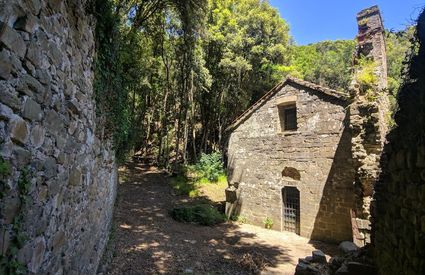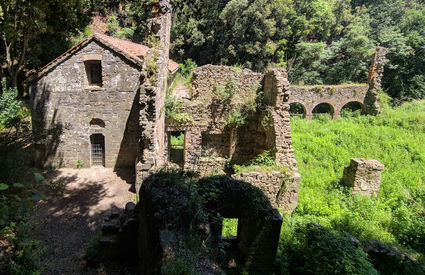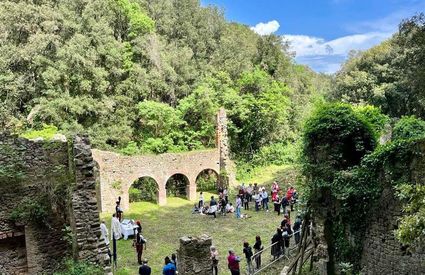William of Maleval and William the Hermit: two names, one person
William of Maleval, now the patron saint of Castiglione della Pescaia and known as William the Hermit, was born in France to a wealthy ducal family of Aquitaine between the 10th and 11th centuries AD. He never wrote a biography or a journal of his deeds, so any information we have about his life comes to us from his first disciple, Albert. William was a knight of his time, to whom life had placed two choices before him: that of following an immoral and unruly life and that of following common morality and the good. Willem chose the first.
William and the condemnation of excommunication
It was precisely this life that drew upon him the wrath of the Catholic Church, which led to his excommunication. We do not have much information about these frictions with the Church of Rome: certainly, a knight with a dissolute life would have been nothing new in the early Middle Ages; therefore, the excommunication must have concerned very important political issues about which, unfortunately, we have no certain information. He could have supported antipope Anacletus II, also endorsed by influential Bernard of Clairvaux, that is the one who brought William closer to religion.
Towards redemption
The excommunication fell on William’s head like an axe: being banished by the religious world at the time had religious and political significance of immense power. It was exactly when he found himself excluded from the religious community that Willem started the path that would have led him to holiness. He undertook the three main pilgrimages: Santiago de Compostela, Rome and Jerusalem; and after he withdrew as a hermit in the Tuscan countryside, precisely in Malavalle (Maleval), in Castiglione della Pescaia.
The fight with the dragon
Once in Castiglione della Pescaia, biography and popular legends are inextricably intertwined since Willem would have found inside a cave a dragon that had long haunted those places. The fight with the dragon was conducted in the name and according to the will of God: after making the sign of the cross, the saint killed the dragon with a touch of a stick and freed the territory of Castiglione and all its inhabitants from the terror.




